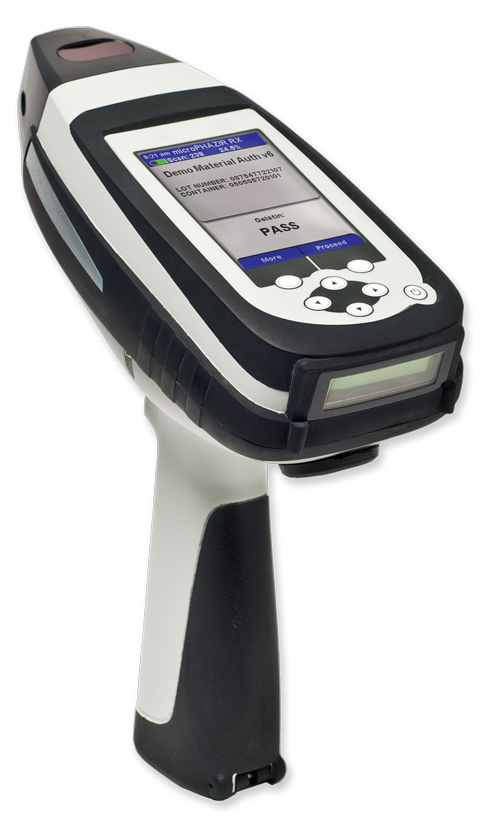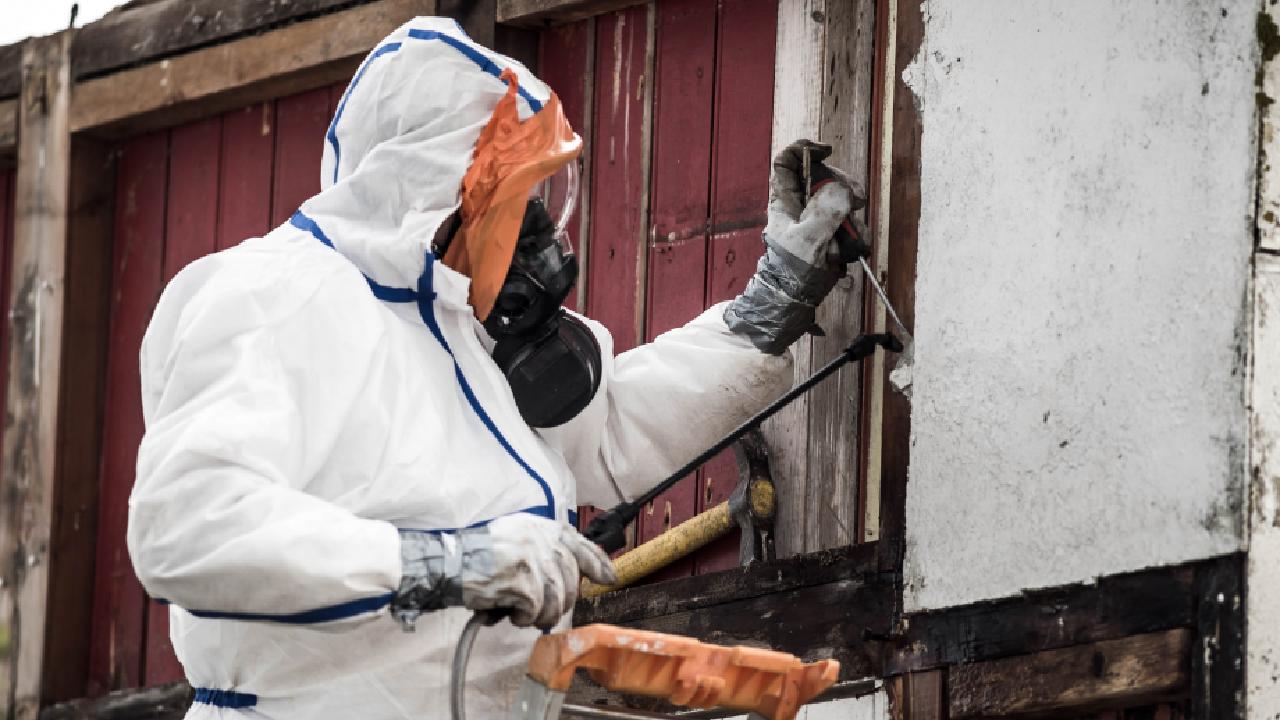What Does Asbestos Look Like? Asbestos Warning Signs
For anyone renovating or demolishing older homes, the fear of materials containing asbestos is a real one. You might be wondering whether it is safe for work to proceed, and whether there are any easy ways to spot asbestos.
Read on to learn what asbestos looks like and what the asbestos warning signs are if you suspect it is in a home.
Please note: Exposure to asbestos can cause life threatening conditions. If you have any suspicions that asbestos is in a home you are working on, do not attempt to identify it yourself. Contact professionals who can identify it safely and definitively.
What Colour is Asbestos?
The colour of asbestos differs between its natural state and when it is used as a material.
Naturally Occurring Asbestos (NOA)
As a naturally occurring mineral, asbestos appears as veins of fibres in rock. Depending on the type, it can appear in four different colours:
- White – (chrysolite, tremolite, actinolite)
- Blue – (crocidolite)
- Brown – (amosite)
- Green – (anthophyllite, tremolite, actinolite)
If you believe a rock you find contains NOA, don’t disturb it.
Asbestos Materials
Unlike NOA, asbestos that has been used in materials is not easy to identify. The fibres are microscopic, so asbestos is most often mixed with other materials. This makes it impossible to detect asbestos with the naked eye. It also means the colour of asbestos just becomes the same colour as the material that houses it.
If you suspect a material contains asbestos, you cannot confirm with a visual inspection.
Does Asbestos Have a Taste or Odour?
Due to asbestos causing illness through inhalation, many people believe that asbestos has a taste or odour. While this would definitely make asbestos detection easier, unfortunately it is a myth. Asbestos has no odour or taste, and the belief that it does potentially puts people at risk.
Many older homes can have odours of dust, damp or mould that people incorrectly believe are indicators of the presence of asbestos. The problem is, asbestos is unrelated to these odours, and someone could mistake a lack of ‘old house’ odours to mean a lack of asbestos.
Sight, taste and smell are all completely ineffective for asbestos detection. Furthermore, by breaking apart, smelling or tasting a material to check for asbestos, you are putting yourself at risk if it does in fact turn out to be contaminated.
Asbestos Warning Signs
If you can’t identify asbestos yourself, you might be wondering if there are any asbestos warning signs that can help you know if you are at risk.
While the applications of asbestos vary wildly, there are some materials and objects that are much more likely to contain asbestos than others, especially if they were made before the 1980’s.
The most common places to find asbestos in your home are:
- Cement
- Bricks
- Drywall
- Fibro
- Insulation, especially loose filled
- Paints and plasters
- Pipes
- Popcorn ceilings and other surface textures and paints
- Tiles
While these are areas where asbestos is most commonly found, it isn’t exhaustive. If you are renovating or demolishing an old home, best practice is to get it professionally inspected. Don’t assume that asbestos is or isn’t present without proper confirmation.
Damaged or Crumbling Material
A major warning sign for imminent asbestos exposure is if a possibly contaminated material is damaged or crumbling. For example, if drywall in an old home is crumbling apart, any potential asbestos contained within is in a friable state – where fibres aren’t bound together and can easily become airborne.
If this is the case, the safest thing to do is to seal the room and call qualified professionals.
How to Test for Asbestos?
If you find there is sufficient reason to test for asbestos, there are two ways this can be done.
Lab Testing Only
Qualified professionals will remove a sample of the potentially contaminated material and send it to the lab. There, the sample is analysed and the results will be sent to you. While necessary, the time it takes to complete a test and wait for the results can seriously delay a renovation or demolition project.
Near Infra-Red Spectroscopy (NIR) Screening
NIR screening is by far the most efficient way to screen a home for asbestos contamination. Rather than risking taking physical samples, NIR technology can identify asbestos non-invasively. If a result is positive, simply send the results to the lab and await confirmation. If the results are negative, your project can proceed,
MicroPHAZIR AS Asbestos Analyser

The microPHAZIR AS is the leading NIR asbestos detection tool. It can screen for asbestos in just 10 seconds and turns a potentially hours-long sampling process into a few minutes of quick scans.
With the microPHAZIR AS’ ‘point-and-shoot’ function is designed to be intuitive. Your team will easily be able to get fast, accurate screening results with its incredible ease of use.
Don’t let not knowing what asbestos looks like halt your progress or put your team at risk. Learn more about the MicroPHAZIR AS today.
